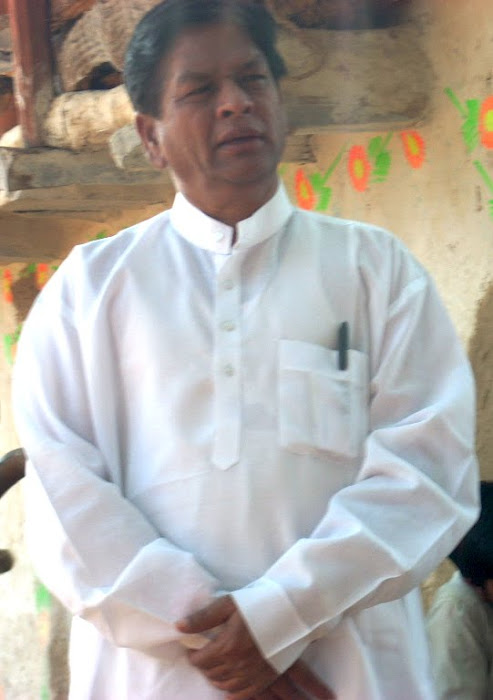Ancient
History
BACKGROUND
: Bundelkhand region is located between 23°20' and 26°20' N latitude and 78°20'
and 81°40'E longitude. Administratively the region comprises of thirteen
districts - seven districts of Uttar Pradesh viz., Jhansi, Jalaun, Lalitpur,
Hamirpur, Mahoba, Banda and Chitrakut and six districts of Madhya Pradesh viz.,
Datia, Tikamgarh, Chattarpur, Damoh, Sagar and Panna.
Rock
Paintings :
Evidence of the early man living in Bundelkhand is found in the form of rock
paintings at many places in the Patha region of Chitrakoot district, and in
Sagar, Chhatarpur, Panna and Datia districts. We do not exactly know when the
people who created rock paintings came in contact with mainstream Hindu
culture.
Epic
Period :
The story of sage Agastya crossing the Vindhyan hill range can be read as an
account of migration of Hindu religious priestly figures into jungle areas of
central
Janpada : We get the first reference to Bundelkhand as a
distinctive political entity. The Chedi kingdom or Janpada is mentioned as one
of the great janpadas of the time. In
the ancient Sanskrit literature, the chedi kingdom is described as lying south of the
Yamuna and between the Chambal and Ken - an area that corresponds partly to
current understanding of the boundaries of Bundelkhand. Sishupal was king of Chedi in Mahabharta Period who was killed by
Mauryas
& Subsequent References : The era of the Mauryas , in the centuries before the
birth of Christ, provides hard evidence regarding kings and their policies. A
rock edict of Ashoka is located in a
village called Gujarra, 15 km from Datia. Urban settlements with a strong money
economy emerged between the 3rd century BC and 3rd century AD, as evinced from
a large number of coins from this period, unearthed at Eran, around 60 km
north-west of Sagar town.
Guptas : Eran, which is
referred to as Erikana in coins of this period, appears to have been a major
settlement for many centuries, up to the period of the imperial Guptas , who
ruled from 4th century AD onwards. What is called classical Hinduism or Brahmanism,
flourished in the time of the Guptas.
Pre
Chandela :
Subsequently, for around 200 years, the Bundelkhand region appears to have been
ruled by local kings who were only nominally vassals of the later Guptas. Parts
of





